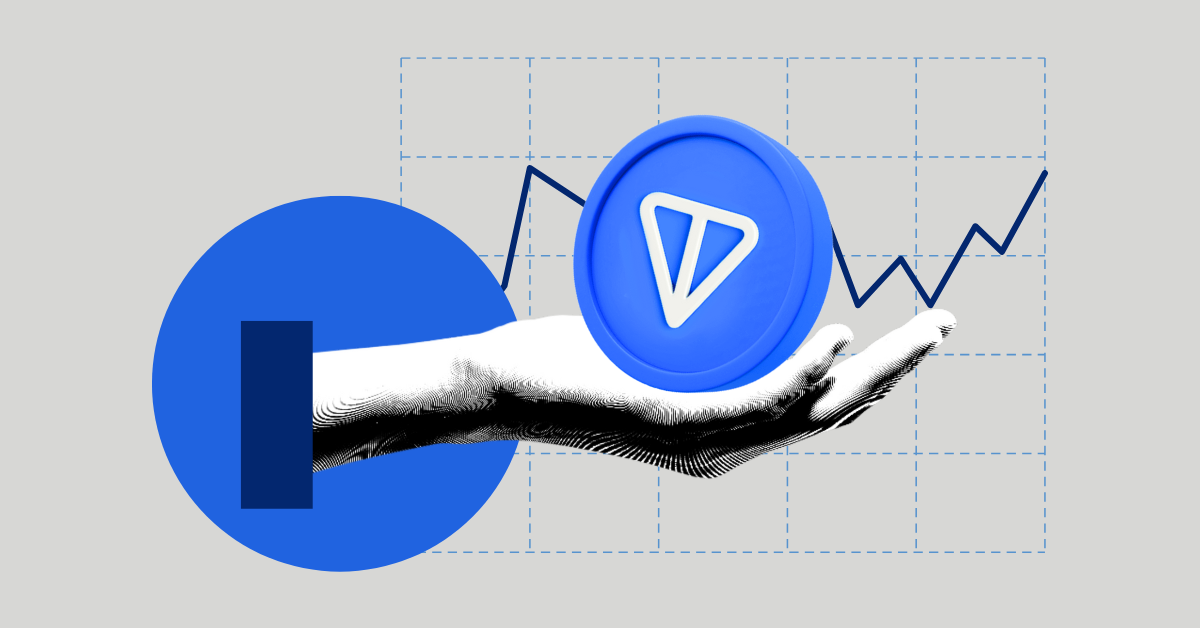Renowned crypto figure Panos Mekras recently sparked a lively debate within the XRP community, focusing on Ripple’s On-Demand Liquidity (ODL), now rebranded as Ripple Payments, and its impact on XRP’s market value.
Mekras firmly stated the fact that Ripple’s solution for cross-border payments, though successful, does not guarantee to influence the price of XRP. Developers revealed that Ripple promotes its products, like ODL, as part of its business strategy. Yet, recent data shows XRP purchasers make independent investment decisions, not solely relying on Ripple’s efforts.
According to Mekras, most ODL transactions involve immediate buying and selling of XRP, without generating significant demand for XRP from ODL itself. This perspective aligns with Ripple’s submission to the SEC, where they explicitly stated that most ODL transactions are demand-neutral and do not impact XRP’s price. Furthermore, Mekras points out that much of the XRP utilized for ODL originates from Ripple’s escrow, which introduces additional selling pressure by injecting “new” XRP tokens into the market.
Consequently, Mekras concludes that Ripple’s payment solution alone cannot drive up the price of XRP.
In this context, Ripple provided a document to the SEC stating that most transactions using On-Demand Liquidity (ODL) don’t affect XRP’s price. This suggests that the value of XRP isn’t heavily influenced by speculative trading but rather by its practical use in cross-border payments. This reinforces Ripple’s argument about the utility of XRP beyond market speculation.
However, Nietzbux brings a different perspective, stressing the importance of market liquidity and a strong XRP value for effective ODL. He suggests expanding XRP’s uses to boost demand, rather than relying only on Ripple’s efforts.
Nietzbux finds this logic senseless, suggesting that it implies Ripple is relying on the community to generate the necessary demand and price increase for XRP.
He presents a hypothetical scenario where a large bank wishes to transfer $100 billion using XRP, highlighting the impracticality due to the lack of liquidity. Nietzbux prompts reflection on why major banks haven’t embraced ODL fully and why ODL volume remains low compared to XRP’s total trading volume.







